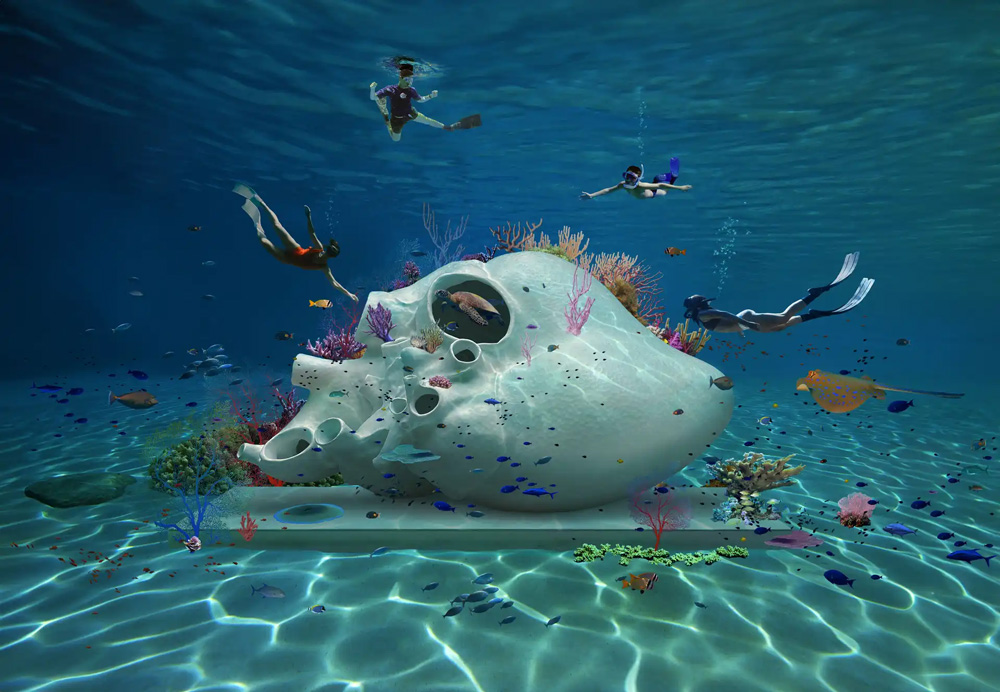Miami Beach has launched Concrete Coral, a stunning underwater sculpture park that merges art, marine science, and environmental restoration. The installation includes 22 life-size cars made of marine-grade concrete, carefully placed beneath the ocean’s surface. This first phase of The ReefLine project aims to transform artistic creativity into a powerful force for coral reef recovery and sustainability.
How the Project Works
Located about 20 feet underwater and roughly 800 feet off Miami’s coast, the sculpture park is more than a visual masterpiece. Each car-shaped sculpture will be seeded with over 2,000 corals cultivated in local labs. As the corals grow and spread, they will gradually transform the sculptures into thriving underwater habitats. Additionally, the park offers snorkeling and kayaking experiences, allowing visitors to explore this fascinating blend of art and ecology up close.
The Vision Behind the Creation
The project was created through a collaboration between artist Leandro Erlich, architect Shohei Shigematsu, and curator Ximena Caminos. Funded in part by a $5 million bond from the City of Miami Beach, Concrete Coral reflects the city’s commitment to sustainability and innovation. Moreover, the sculptures, resembling cars caught in traffic, symbolize human impact on the planet while showcasing the potential for renewal through coral regrowth.
Ecological and Cultural Impact
Beyond its artistic appeal, the park carries significant environmental benefits. It supports reef restoration, encourages marine biodiversity, and helps protect shorelines from erosion by reducing wave energy. Furthermore, it strengthens eco-tourism by attracting divers, students, and conservationists who want to learn about marine restoration. Through interactive programs and guided tours, the project continues to raise awareness about ocean health and climate change.
Looking Toward the Future
Concrete Coral is just the beginning. Over time, The ReefLine will extend along seven miles of Miami Beach’s coastline, featuring new works from international artists. Each phase will combine creative expression with scientific research, emphasizing the importance of protecting the ocean while inspiring sustainable living.
Conclusion
Ultimately, Miami Beach’s underwater sculpture park proves that art can help restore nature. By turning concrete into coral-covered ecosystems, Concrete Coral stands as a remarkable example of innovation and resilience. As coral growth flourishes and marine life returns, the project offers hope for a future where creativity and conservation work together for a healthier planet.



